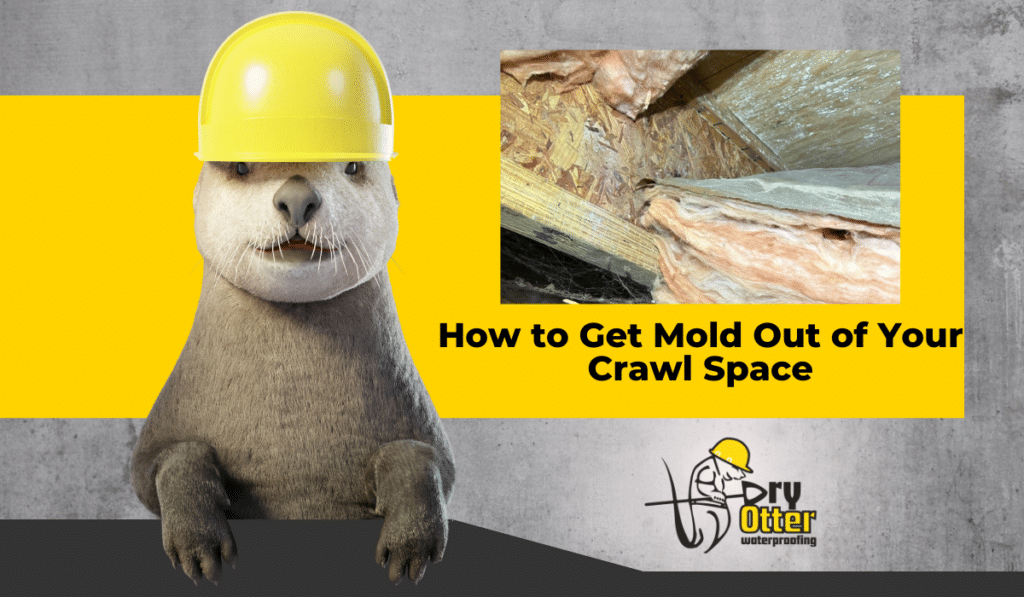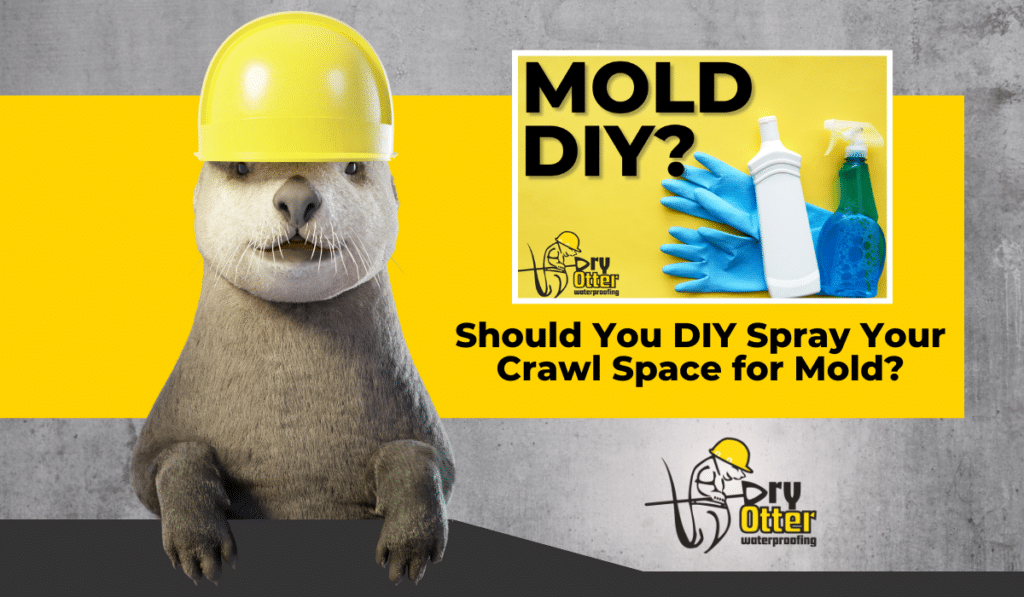Basements can harbor potentially dangerous mold that can cause serious health concerns because of their proximity to the ground and susceptibility to excess moisture.
If you want to know how to get rid of mold in your basement, this article will outline DIY tips and when it is critical to call in a professional.
Understanding Basement Mold
To understand how to eliminate mold in a basement, you must first know what causes mold.
Mold thrives in dark, damp environments. Water leaks, broken pipes or wall cracks, condensation, window well leaks, and poor ventilation can all lead to mold growth.
Mold spores, when inhaled or when they come in contact with the skin, can trigger serious health issues like:
- Respiratory Infections: Sneezing, runny nose, and itchy eyes. If someone in your household already suffers from asthma or allergies, mold can cause severe reactions and health issues.
- Immune system problems: Mold can trigger a severe infection if someone already has a compromised immune system.
- Skin irritations: Coming into contact with mold can cause skin rashes and other irritations.
- Severe health issues: Studies show a link between mold exposure and severe neurological symptoms and respiratory illness.
This is why understanding how to get rid of mold in your basement is important to avoid serious health issues.
DIY Tips to Get Rid of Basement Mold
How do you kill mold in a basement? This step-by-step process is easy using regular household products.
Wear protective gear:
Wear a mask to prevent inhaling the mold spores. Wear rubber gloves, goggles, and a long-sleeved shirt and pants to cover your skin.
Prep the area to be treated:
Open doors and windows for airflow. Remove any items covered in mold to clean them later, and cover floors and furniture with plastic to prevent the spread of mold spores.
Vinegar and Baking Soda method:
- Mix equal parts white vinegar and water in a spray bottle. Spray the solution directly onto the mold.
- Let it sit for 10-15 minutes.
- Create a paste with baking soda and a small amount of water.
- Apply it over the area you sprayed with the vinegar mixture and let it dry.
- Scrub the dried paste with a brush and wipe away any residue.
Bleach solution for tough mold
For tough spots, use bleach.
- Mix one part bleach to three parts water in a spray bottle.
- Apply the solution to the mold. Let sit for a few minutes.
- Rinse thoroughly.
Always test a small area when using bleach to ensure the solution won’t harm the area you are treating.
Prevention
Run a dehumidifier to reduce the air’s moisture and humidity levels. This will help prevent future mold growth.
How to Kill Mold in Basement
Addressing the root cause of mold in your basement is a critical step in eliminating future problems. Fix leaks, seal cracks, and ensure proper ventilation to inhibit excess moisture.
A dehumidifier is also a great way to keep the humidity and moisture in the air at the proper levels.
Maintaining a dry environment and regularly checking your basement for potential mold growth is an important maintenance routine.
Preventing Future Mold Growth
One of the best ways to prevent mold growth is to waterproof your basement.
Dry Otter Waterproofing will install a sump pump and a drainage system and then line your walls with plastic to prevent moisture from entering your basement. A dehumidifier will also be used to regulate humidity levels.
Always remember that regular inspections are critical to a healthy basement. When a small area is affected by mold, many DIY methods work fine, but for severe, widespread mold, leave the work to a professional for a thorough job.
Dry Otter Waterproofing offers free consultations on foundation mold remediation and basement waterproofing. Give us a call today!






